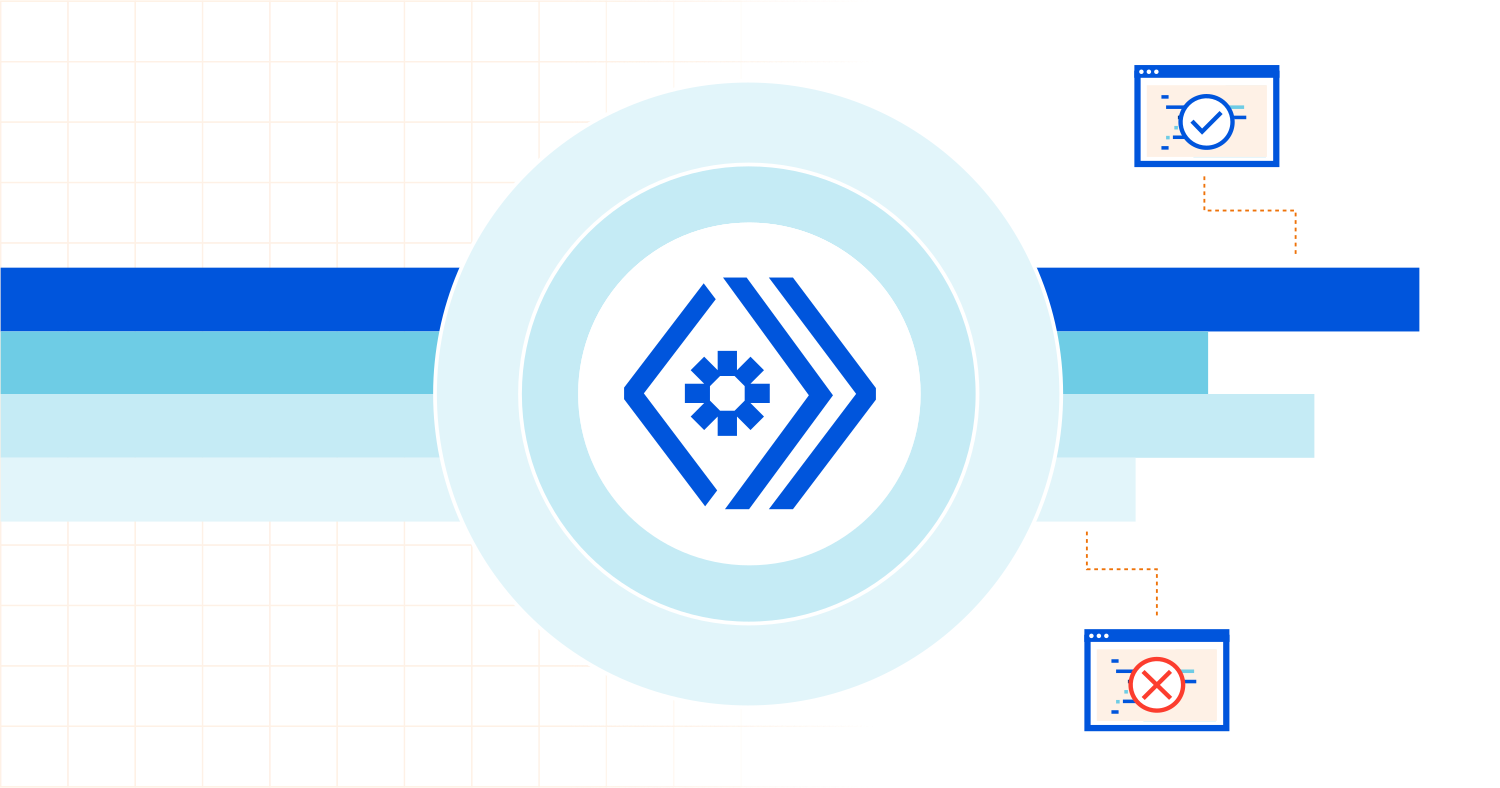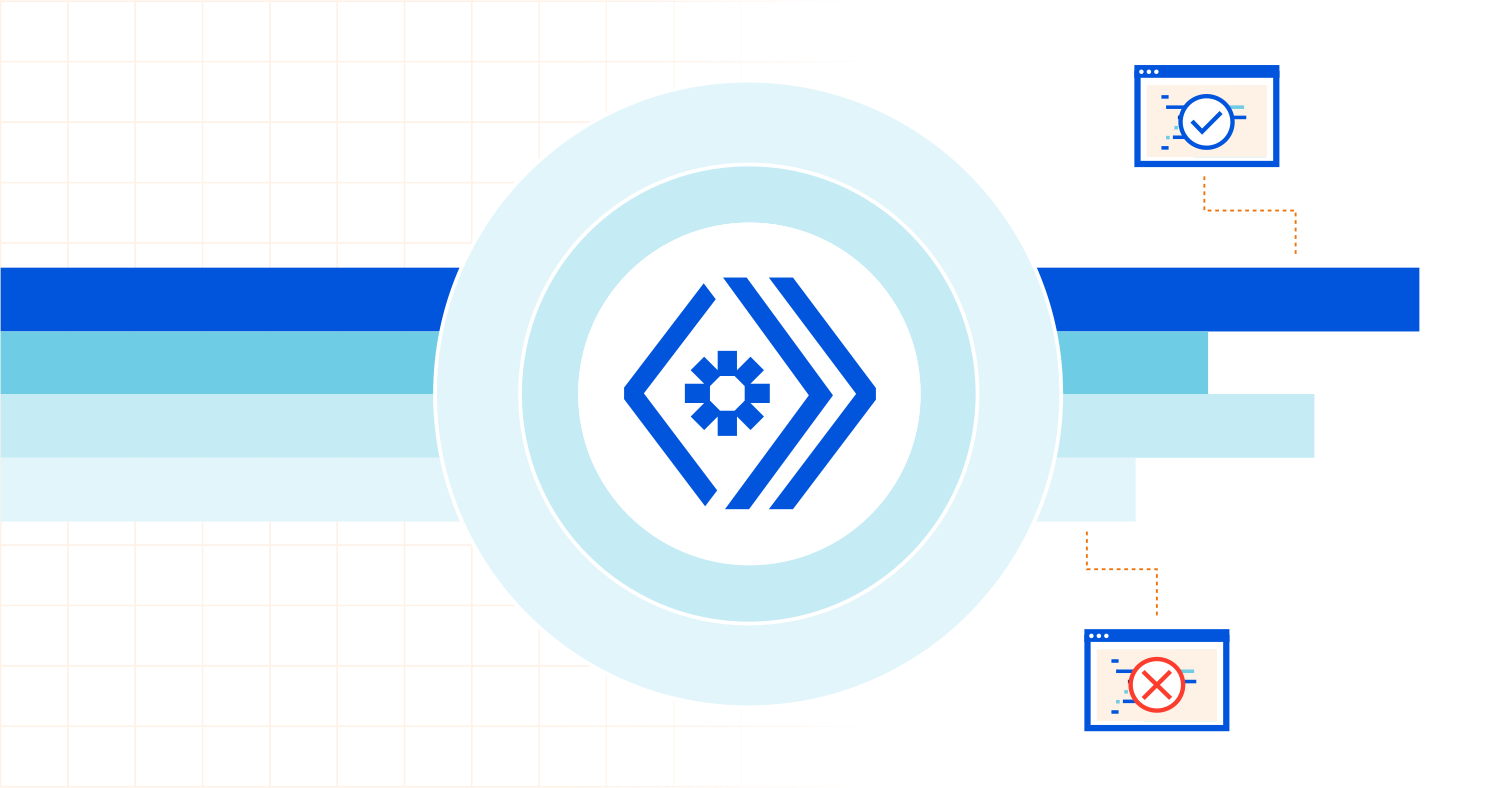What’s New in Calico v3.20
We’re excited to announce Calico v3.20! Thank you to everyone who contributed to this release! For detailed release notes, please go here. Below are some highlights from the release.
Service-based egress rules
Calico NetworkPolicy and GlobalNetworkPolicy now support egress rules that match on Kubernetes service names. Service matches in egress rules can be used to allow or deny access to in-cluster services, as well as services typically not backed by pods (for example, the Kubernetes API). Address and port information is learned from the individual endpoints within the service, making it easier to keep your network policy in sync with your workloads.
Check out the docs for more!
Golang API
In Calico v3.19, we introduced a tech-preview API server that allows management of Calico resources directly with kubectl. In v3.20, we’re building upon that with a new Golang API for Calico!
Install the API server and import the Golang API to manage Calico network policies and more, in your own applications! See the projectcalico/api repository, which includes an example, and the Go documentation page.
Configurable BGP graceful restart timer
If you’re using BGP in your cluster, the graceful restart timer is used during rolling updates to ensure Continue reading




